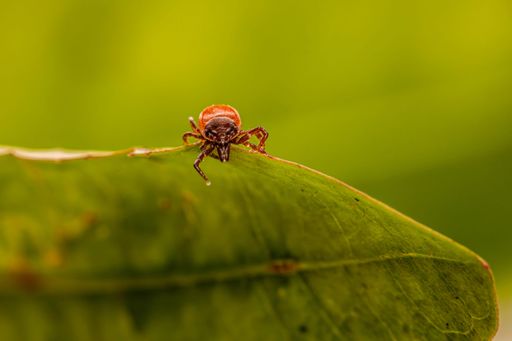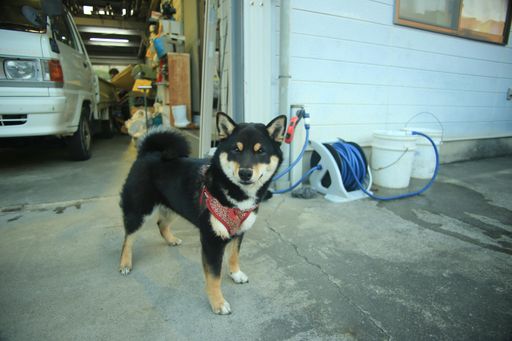No matter what breed of dog you own, you will care deeply about its wellbeing. You will take every health issue, big or small, extremely seriously. However, if you have a pug, you may need to provide extra attention.
The first thing you should do is get the right pet insurance. What does pet insurance cover? Coverage includes vet bills – emergency or otherwise – as well as procedures and medication. Many people simply cannot afford to spend hundreds or thousands of dollars on a vet bill they did not anticipate.
Why is your pug going to need extra protection? Here is what you need to know about your pug’s wellbeing.
A Pug’s Face
The face of a pug is one of its most adorable features. It is certainly the most recognizable characteristic. This is because it is particularly flat compared to other dogs and pugs are therefore known as a severely brachycephalic (flat-faced) breed. Unfortunately, this is also what makes pugs prone to a range of medical conditions.
This came about through breeding, as pugs were bred to look this way. The cuteness of a pug is one of the main reasons people adopt them, but it is also the factor that causes many to avoid pugs altogether. The Kennel Club classes pugs as ‘Category 3’, which is the highest level for health concerns. Potential pug owners are often urged to think twice about whether they can manage the emotional and financial burden of these issues.
In fact, many pug experts recommend looking for pugs with longer noses and fewer skin folds on their faces. It is definitely not recommended that you go to a breeder to buy a pug. Rather, adopt one that is already looking for a home.
What particular health issues can you expect your pug to face?
Pug Health Conditions
There are a number of potential health conditions that pugs may suffer from, and not all are caused by their flat faces. They include:
Brachycephalic obstructive airway syndrome (BOAS)
This causes the severe breathing problems which leads pugs to constantly huff and puff, no matter how young and fit they are. It is caused by their flattened noses.
Eye problems
Pugs also have very shallow eye sockets. This can lead to proptosis, which is when a pug’s eye pops out. This is very alarming for owners the first time it happens, but it does not have to be traumatic for the pet or cause long-term damage. The vet will be able to get the pug’s eye back in place.
They are also prone to dry eye and eye infections, as well as corneal ulcers.
Eyelid problems
In addition to eye problems, the eyelids can fold inwards or outwards, causing further irritation to the eye.
Skin infections
The skin folds around the face make pugs prone to skin infections.
Pug Dog Encephalitis (PDE)
PDE is a chronic condition that can cause blindness, seizures, and difficulty walking. It is degenerative, getting worse as time goes on.
Joint issues
Like many other purebred dogs, pugs are at risk of chronic joint conditions such as elbow and hip dysplasia. They are also at risk of Legg-Perthes, which is a painful condition that causes the hip joint to collapse.
Taking Care of Your Pug
Because pugs are at risk of all of these conditions, taking care of a pug’s health requires a proactive approach. Pugs are prone to weight gain due to their difficulties, which can worsen their risk of further health conditions. You need to make sure your pug gets the right amount of exercise and food.
All of this may discourage you from adopting a pug. If you had intended on going to a breeder, that may be for the best. If you already own a pug, you can still have many great years together, as long as you are alert to the potential issues and take proactive care.
Pugs are at risk of a number of health conditions, due to the way they were bred. While this does not mean all pugs will suffer from bad health, it does mean that they need extra protection.



















